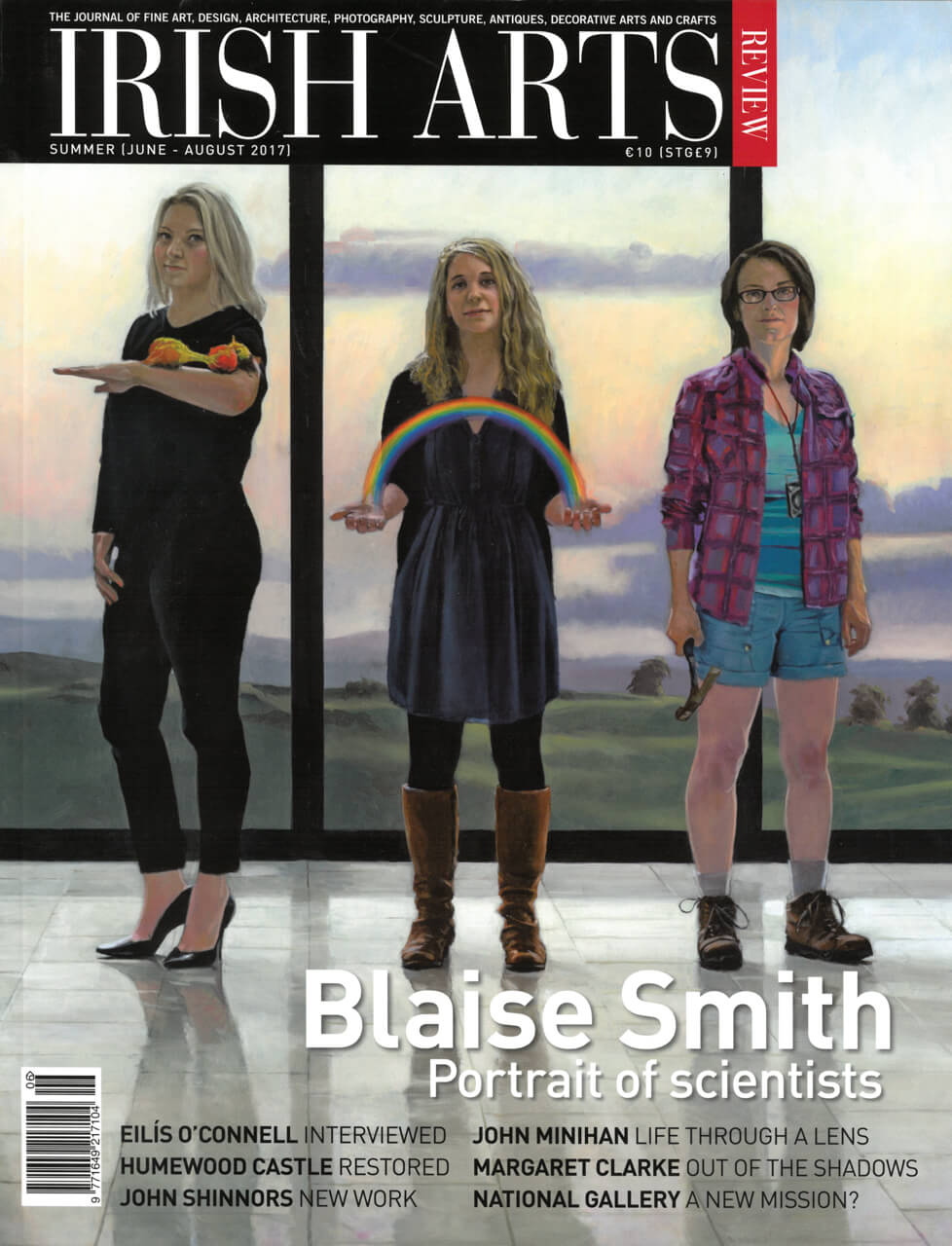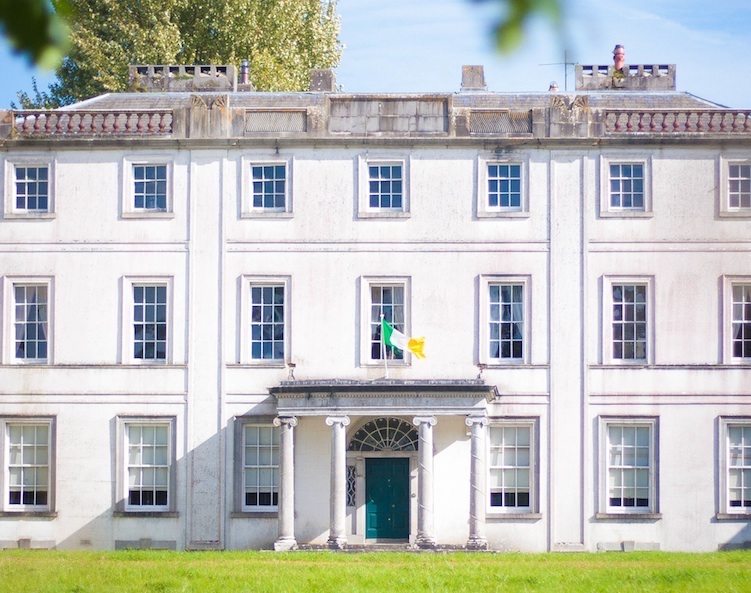
 Toby Barnard
Toby Barnard
Four Courts Press, 2017
pp 400 fully illustrated h/b
€45.00 ISBN: 978-1-84682-629-0
Jason McElligott
Toby Barnard’s Brought to Book: Print in Ireland, 1680-1784 is a delight: extensively researched, beautifully written, and cogently argued. Barnard sets himself the ambitious task of describing the burgeoning world of print in Ireland in the century after the Exclusion Crisis. If books and pamphlets had been rarities on this island during the 16th and 17th centuries, Barnard describes a world in which recourse to print became so ubiquitous and instinctive that in 1720 the Revenue Commissioners saw fit to commission the publication of a sermon which lectured readers on their civic and religious duties to pay customs charges.
There is a marked tendency in several recent overviews of early European print to rely on statistics, percentages and pie-charts. This history by database makes for comprehensive but dull reading. Barnard has consulted everything in the primary and secondary literature of his field, but his text is brought to life by a cast of interesting, unusual and (sometimes) bizarre characters including the religious turncoat Peter Manby, the poet-bricklayer Henry Nelson, the naturalist John Keogh, the educational innovator David Manson, and the roguish newspaperman Matthew Carey.
Barnard is not content merely to describe the items which were printed and sold, but aims to explore the social, financial and human contexts of print. He does not shy away from the ugly history of sectarian division, which is often underplayed in architectural, cultural and intellectual histories of 18th-century Ireland. Yet, he can point to a range of non-controversial genres which were read in common by those who worshipped, lived and socialised in separate worlds.
The increasing bi-lingualism of literate Irish Catholics enables Barnard to reject the simplistic notion that Irish speakers were excluded from the Anglophone world of print
Brought to Book demonstrates conclusively that print in 18th-century Ireland was one of the strongest forces pulling Irish Catholics into the cultural orbit of the English language, but that this anglicisation failed to make them politically English or British. The increasing bi-lingualism of literate Irish Catholics enables Barnard to reject the simplistic notion that Irish speakers were excluded from the Anglophone world of print.
As with any work of this scope and ambition, there are editorial and intellectual choices which can seem idiosyncratic. The contrast between the two pages which discuss women readers (233-4) and the nine pages which discuss the literature around the linen industry (185-94) might strike some readers as a case in point. Yet, minor quibbles about editorial focus aside, this book is a major intellectual and historiographical achievement. It will be the standard work on the topic for decades to come. It will undoubtedly be a constant, well-thumbed companion for generations of graduate students, but this elegant, erudite and exciting book will also find an appreciative audience among members of the public with an interest in 18th-century Ireland.
Jason McElligott is Keeper of Marsh’s Library, Dublin.



